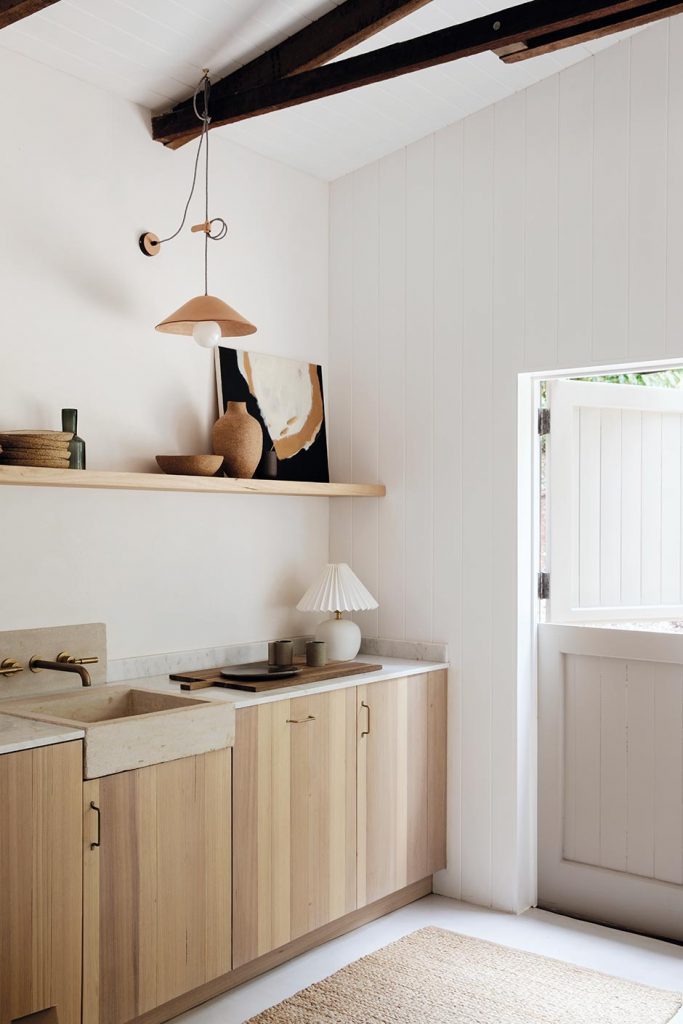The interior stylist/designer’s latest book is full of insightful advice on devising an authentic interior. Below is an edited extract.
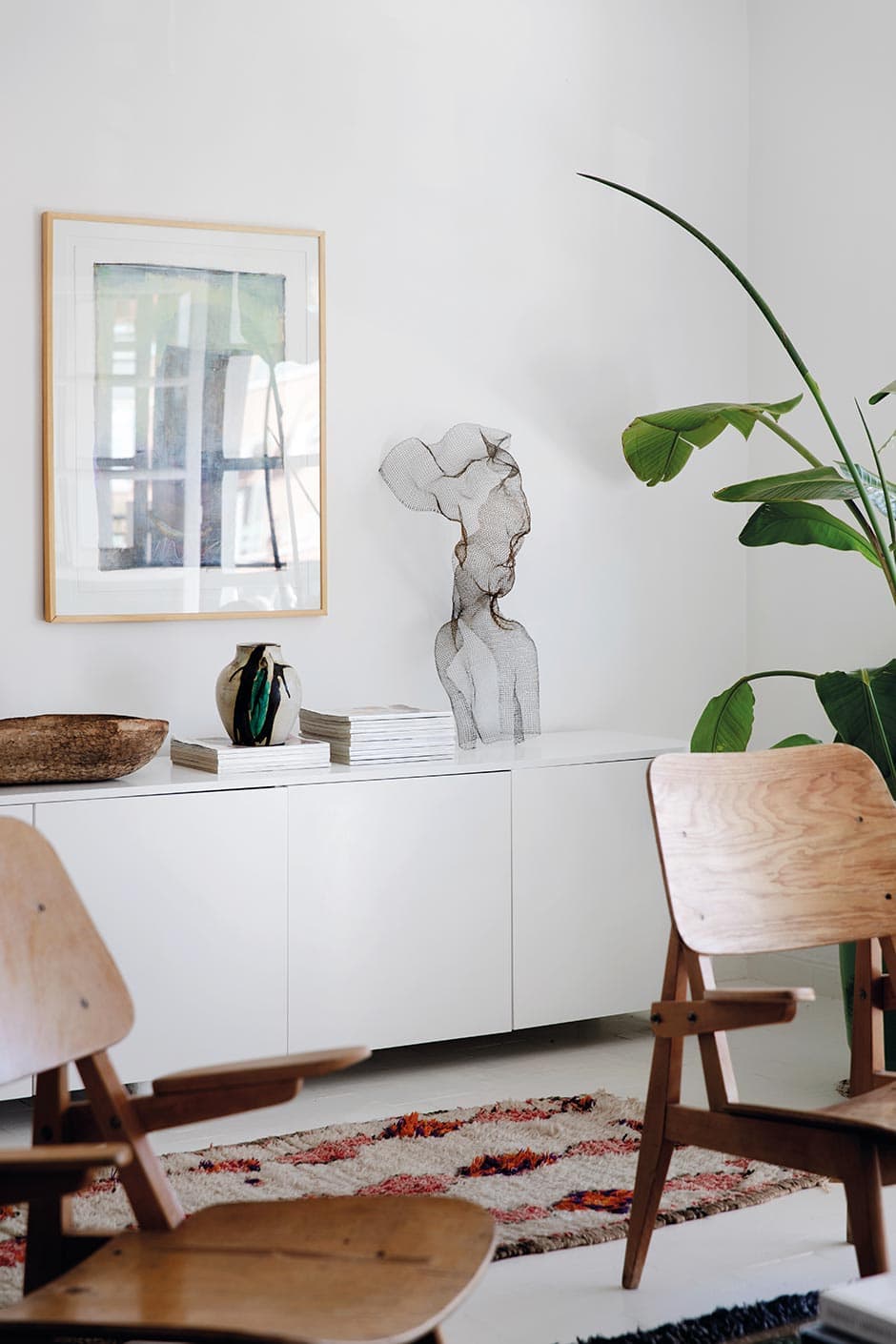
Choose the hero When crafting a display, start with a focal piece. This is known as the ‘hero’ of the scene; it’s where the eye goes first and should be something you love and are excited to have on display. Objects matter, so choose carefully. The hero should be a statement piece that lays the foundations for the personality of the display. Scale is important too. The hero needs enough visual weight and height to create impact. Avoid adding objects that compete for attention. Lamps, large-scale floral arrangements, vases, artworks and mirrors generally work well as the hero.
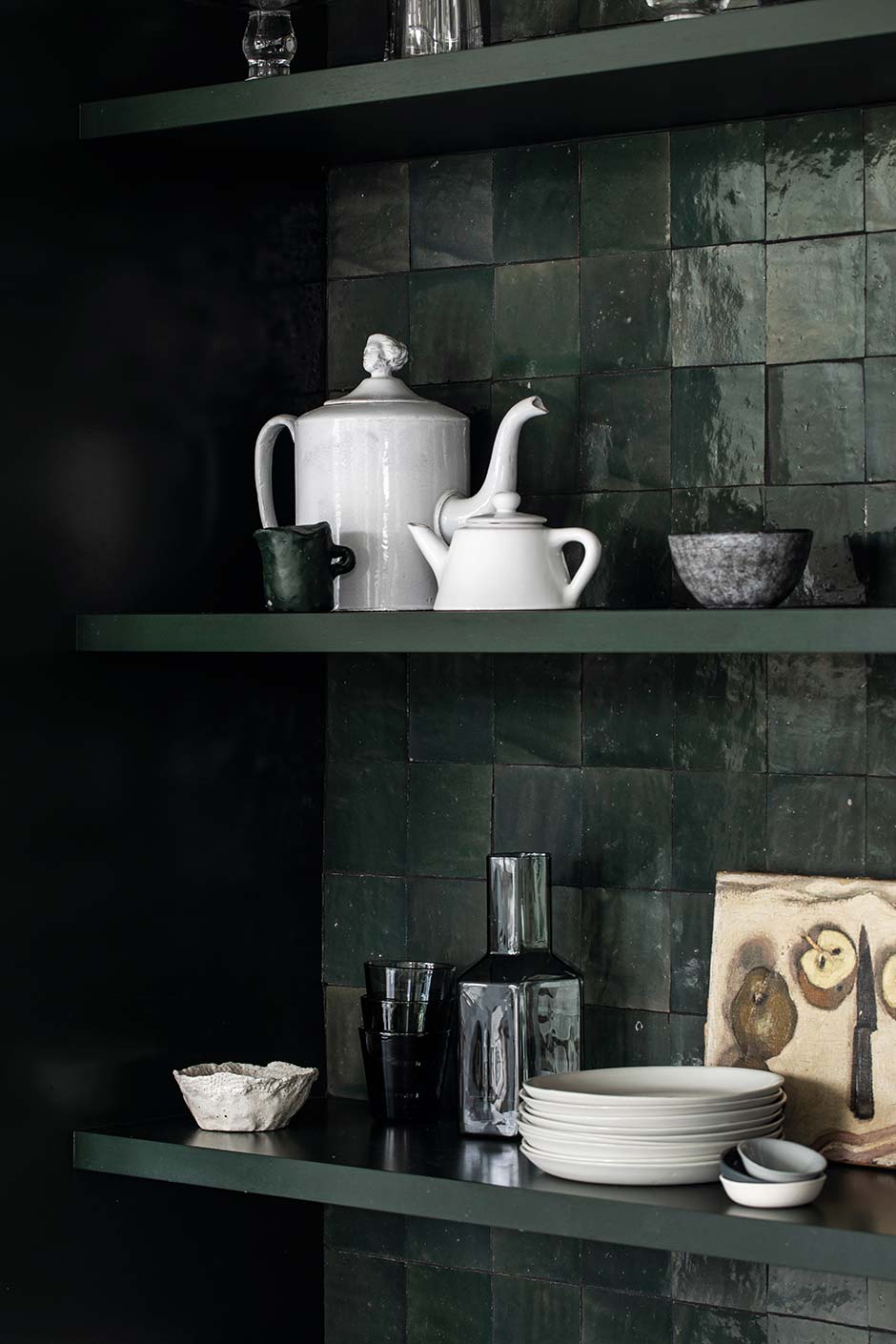
Allocate the supporting roles Once the hero has been established, add objects to play supporting roles, such as sculptures, foliage, books, smaller artworks, ceramics and candles. These pieces should differentiate themselves from the hero and each other in form, material, texture or tone. Create multidimensional displays that embrace depth as well as height. Find the balance between contrast and cohesion.
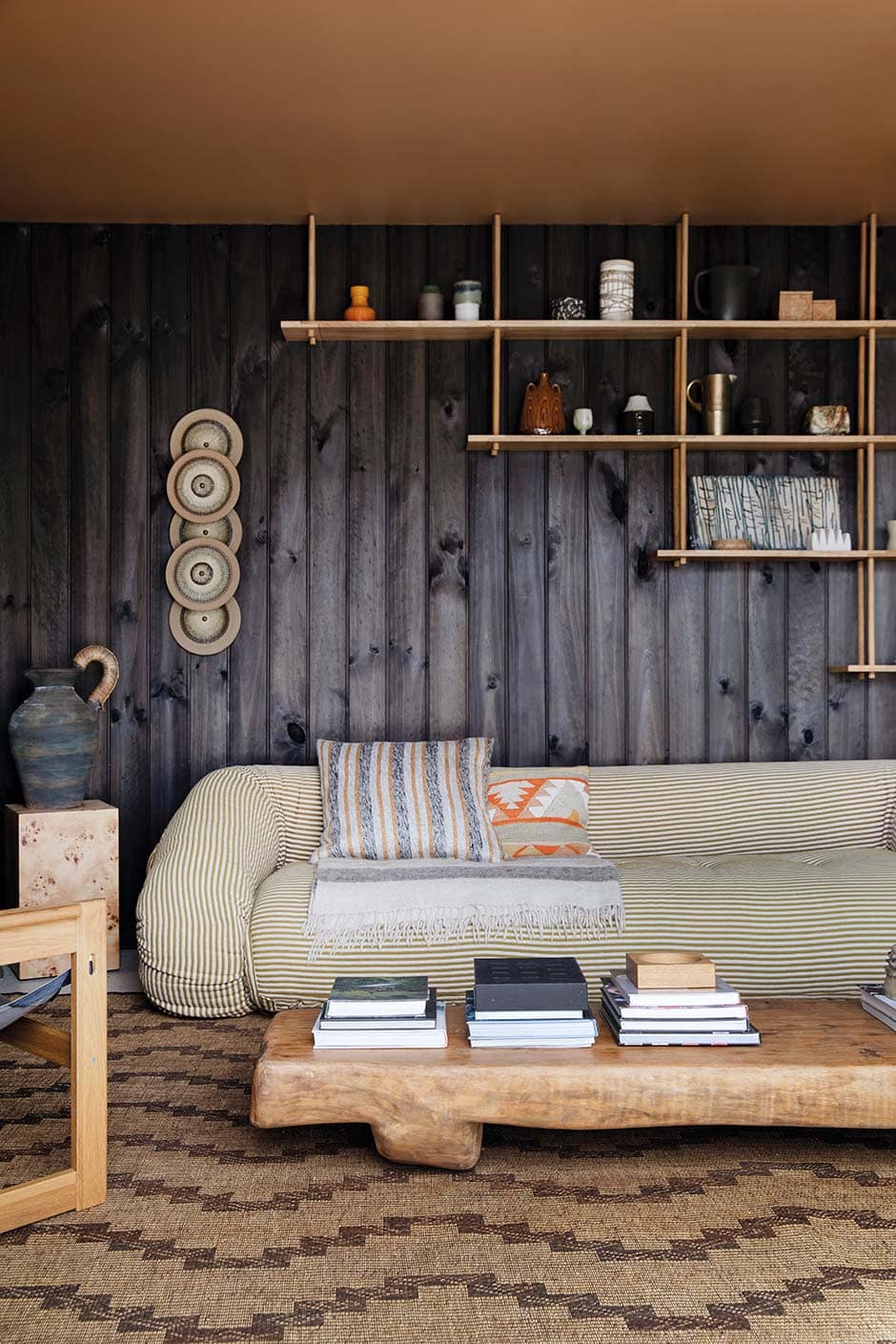
Consider the whole Displays don’t exist in isolation, so factor in your backgrounds and surfaces as well. The material and colour of the wall behind your display will affect your choice of palette. Avoid competing elements. If the surface of your shelf or sideboard is a busy material, subdue the palette of your display — for example, when sourcing objects to arrange on heavily veined marble or wood
with a prominent grain, opt for neutral tones. Balance is key.
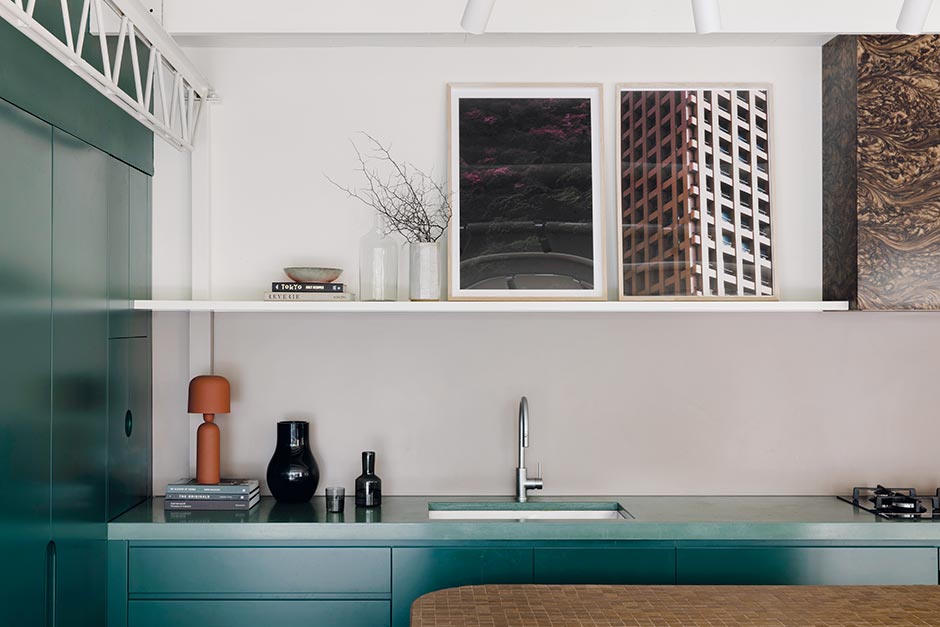
Master the art of composition Taper items from large to small in an irregular, intuitive rhythm of height and depth. Overlap and intersect objects, finding commonalities in colour, shape and pattern. Alternatively, make several smaller groupings but create intrigue with the spacing. Avoid gaps within each cluster, but allow breathing room between the groups.
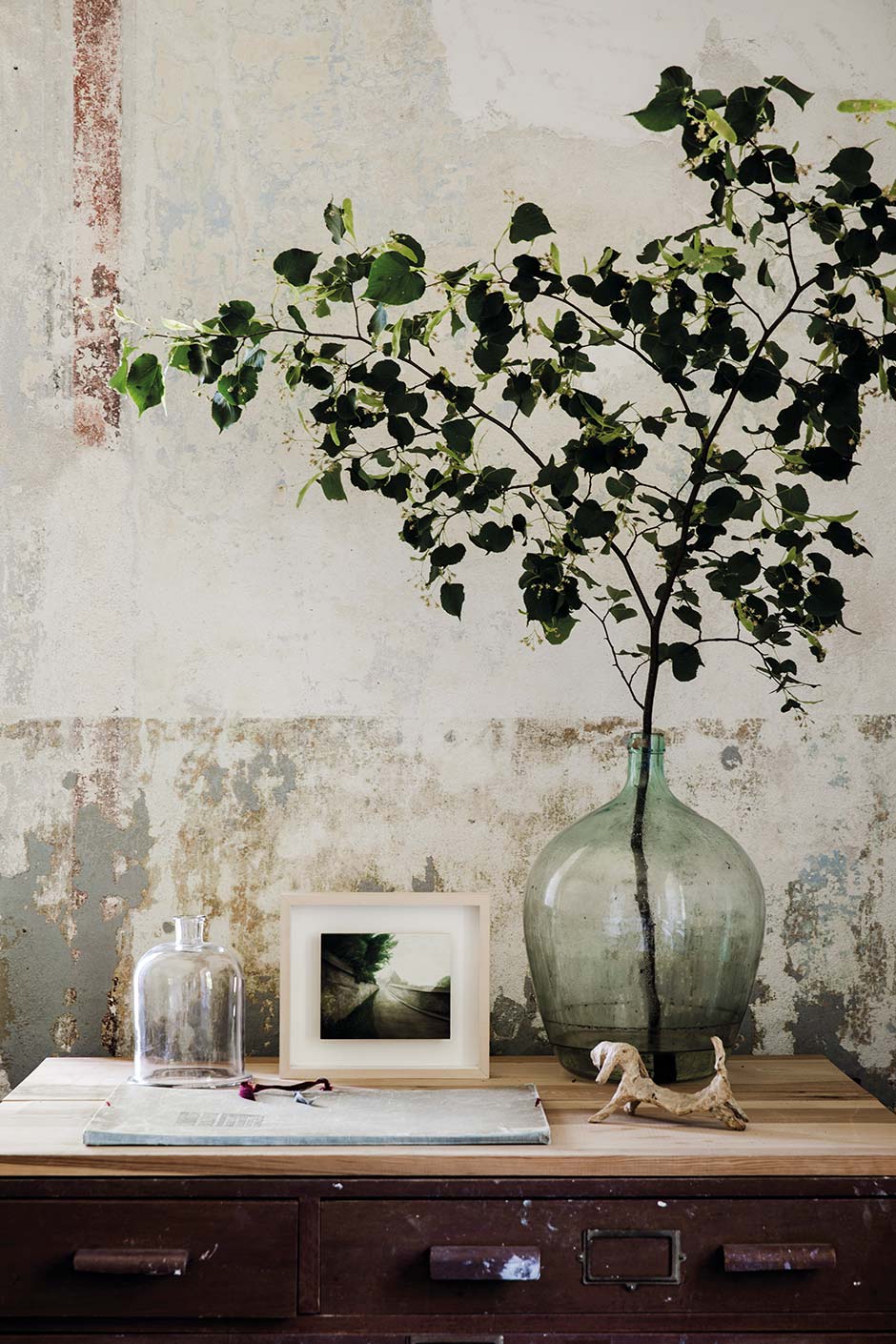
Create a remarkable interior Contrast is the factor that underscores interesting and intriguing combinations, so include unexpected elements in your home. Consider the juxtaposition of disparate forms
or materials, such as a rustic vase or pot on a timber shelf. Mix opposing values — for example, raw and refined, masculine and feminine, cool and warm, humble and high-end. Such friction is the hallmark of ambitious and inimitable interiors.
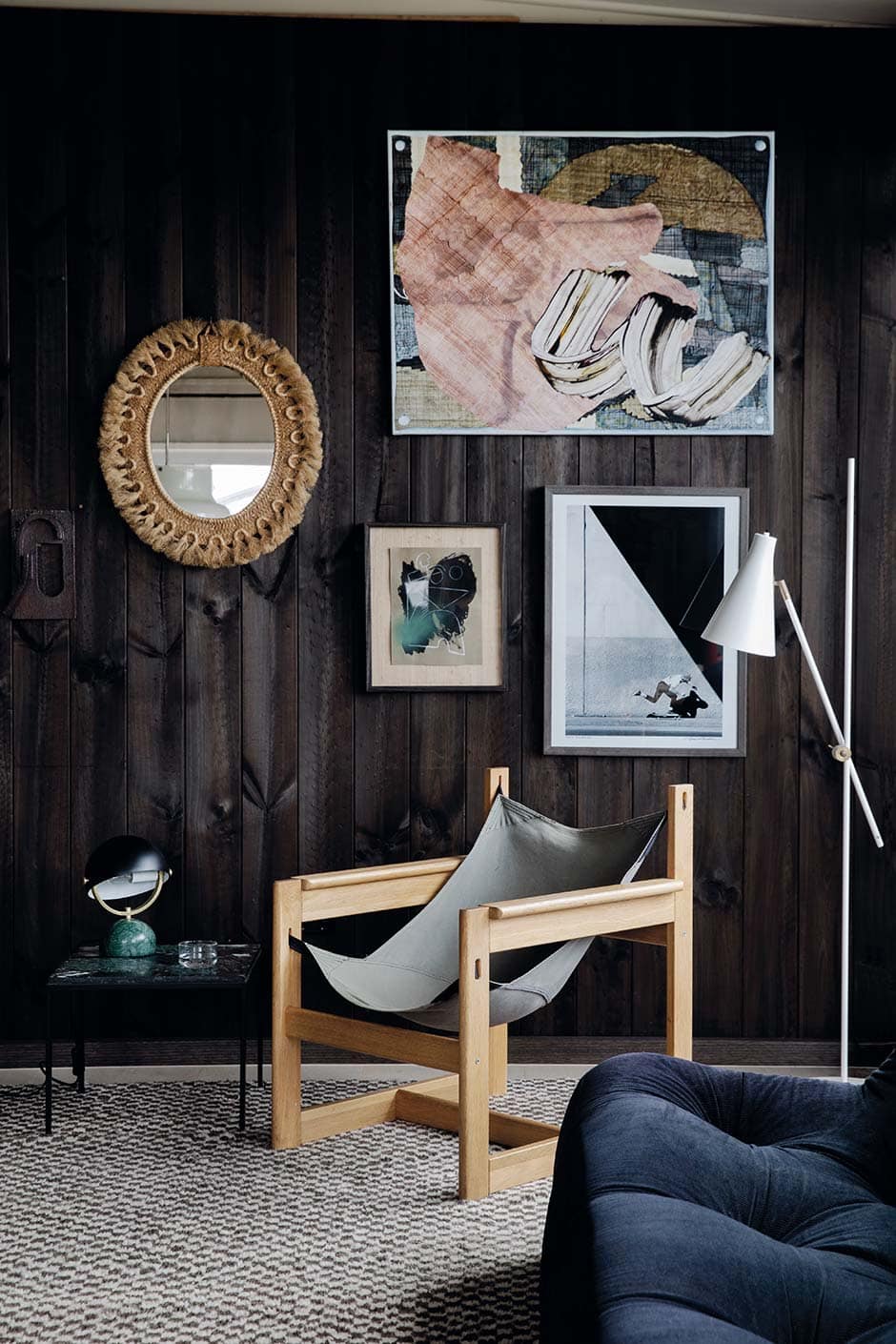
Reconnect Creating displays is a way to reconnect with what you already own. You won’t have to look far to find suitable accessories. Stack beautiful cookbooks in the kitchen and top them with a favourite bowl. Cluster candles en masse on the dining table, or display children’s art on a hallway shelf, alternating vertical and horizontal placement in loose, asymmetrical groupings. Add foliage from the garden for contrast and movement. When you display objects in clusters like this, you create impact and emphasise the story of a space.
 Edited extract from Style: The Art of Creating a Beautiful Home by Natalie Walton (Hardie Grant, $65).
Edited extract from Style: The Art of Creating a Beautiful Home by Natalie Walton (Hardie Grant, $65).
Photography Chris Warnes

